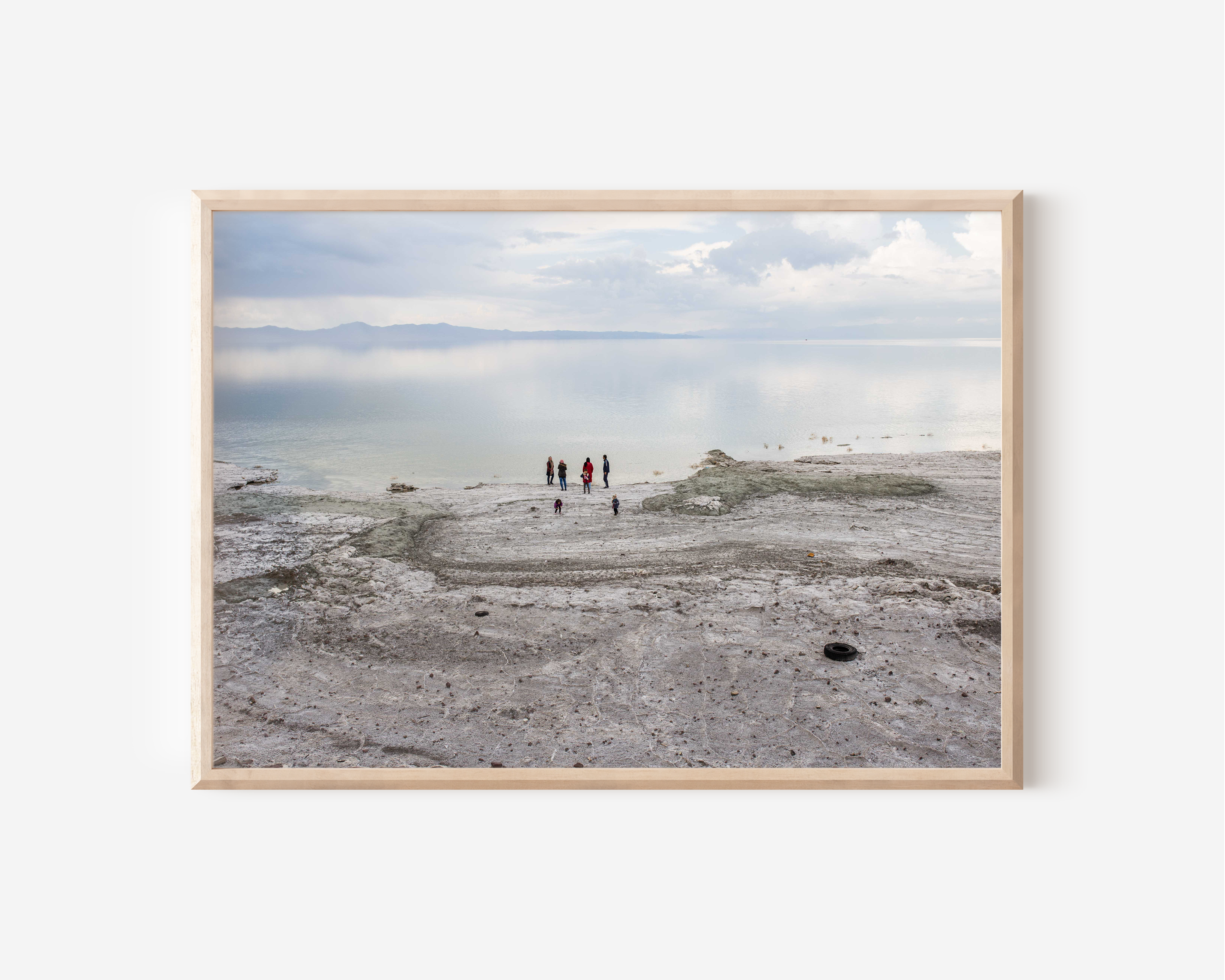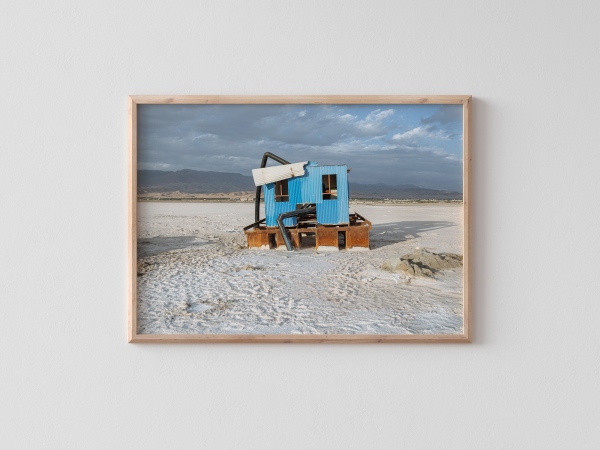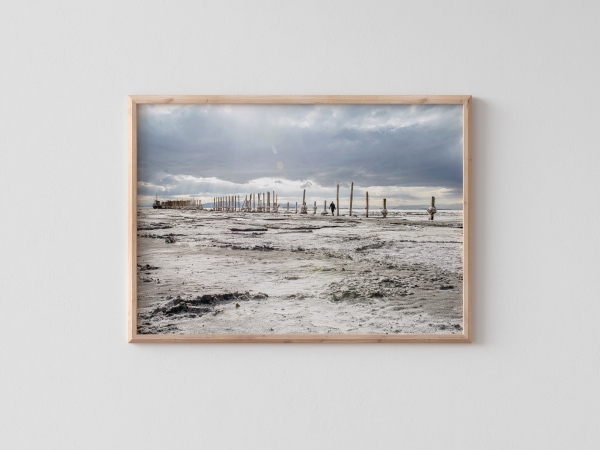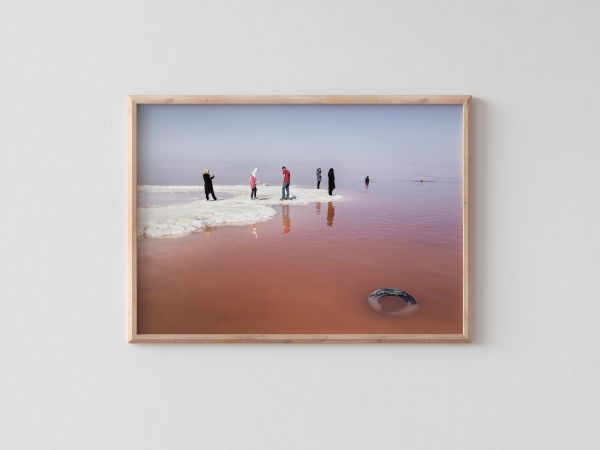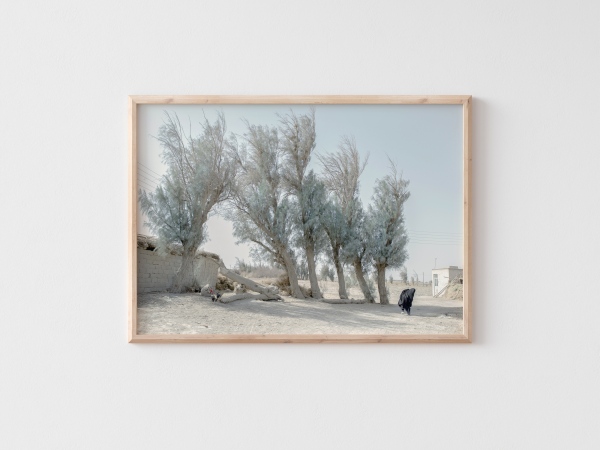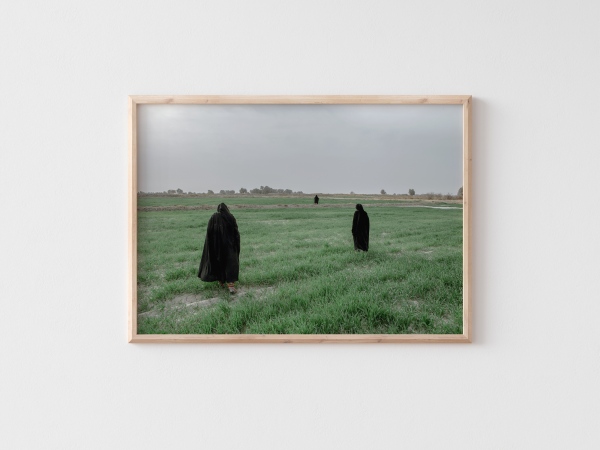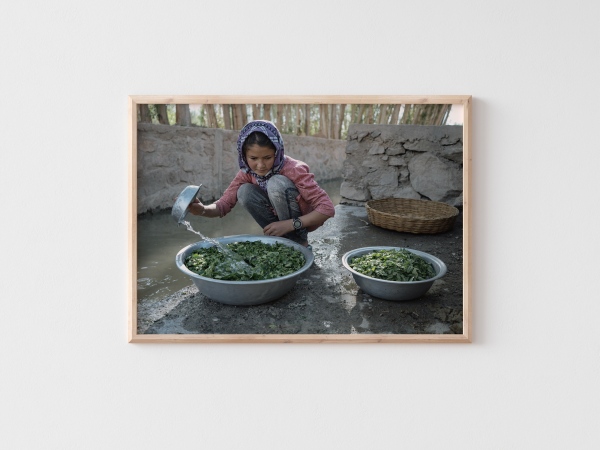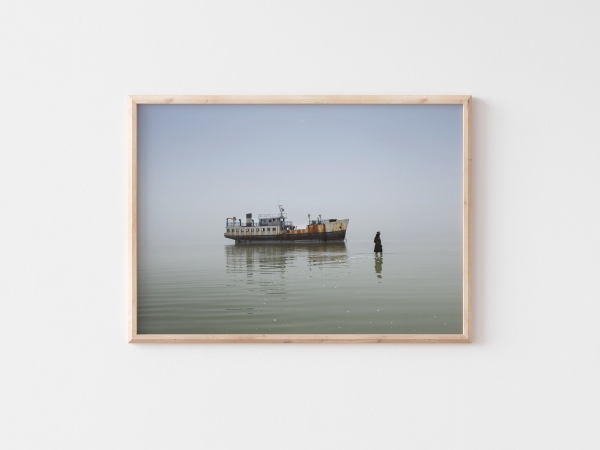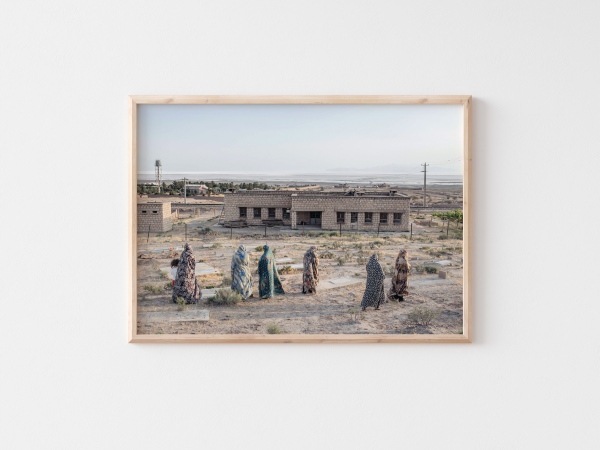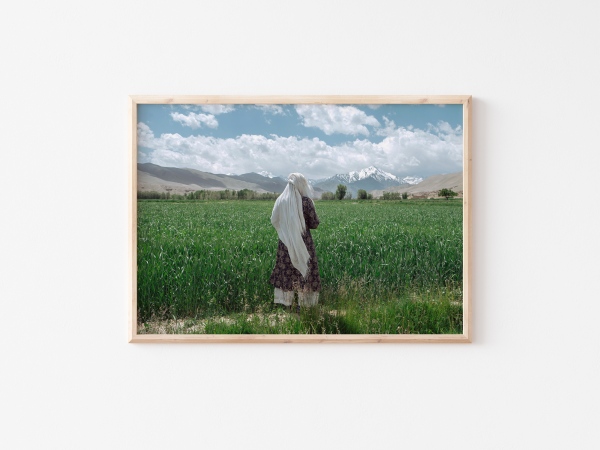PRINT SHOP
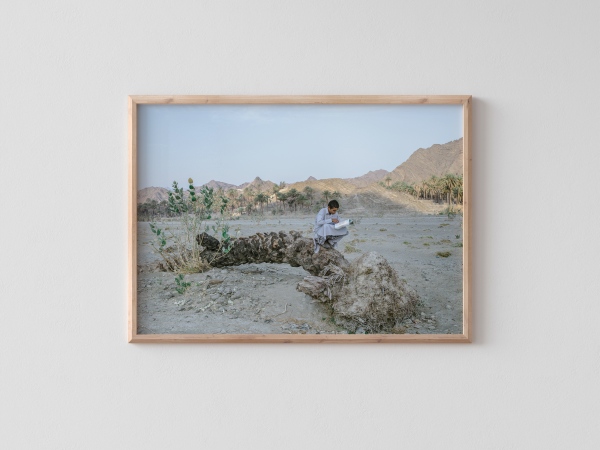
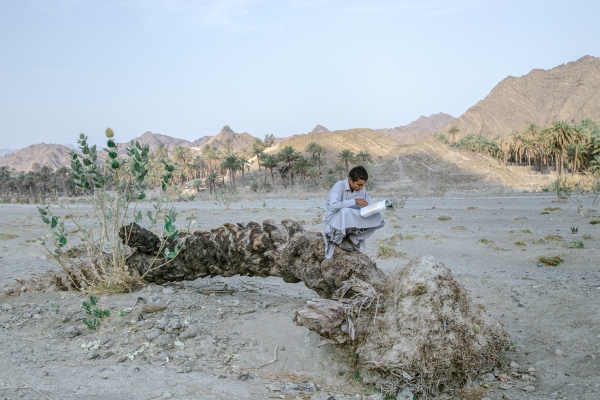
LIFE AROUND HAMOUN WETLANDS OF IRAN
LIFE AROUND HAMUN WETLANDS OF IRAN | Unframed, Hahnemühle Photo Rag® 308gsm Matte | 100% cotton paper |
About the photograph: Miran, 17, is studying on the shoulder of the dirt road of the village. This is the main road used to smuggle fuel to Afghanistan. He says: “I don’t want to be a fuel smuggler like most men in the village. I want to study and go to university” Finding a job is the most important reason for immigration in this region. Most of the inhabitants of the village have turned to gasoline smuggling to make ends meet. They fill barrels with gasoline in the comfort of their own private yards. people in this village still use tankers for drinking water.
The Hamoun wetlands in the Sistan-Balouchestan strategic province in the south-eastern of Iran are transboundary wetlands on the border of Iran-Afghanistan were one of the world's most important wetlands under the Ramsar Convention in 1975 and the biggest freshwater lake in Iran's plain. The wetlands turned into a sea of sand in recent 15 years due to drought, climate change, poor water management practices, Iran-Afghan conflicts over the Helmand River, and the construction of large dams on the River for poppy cultivation in Afghanistan.
* Kindly provide your phone number and email when purchasing the print.
€
100
